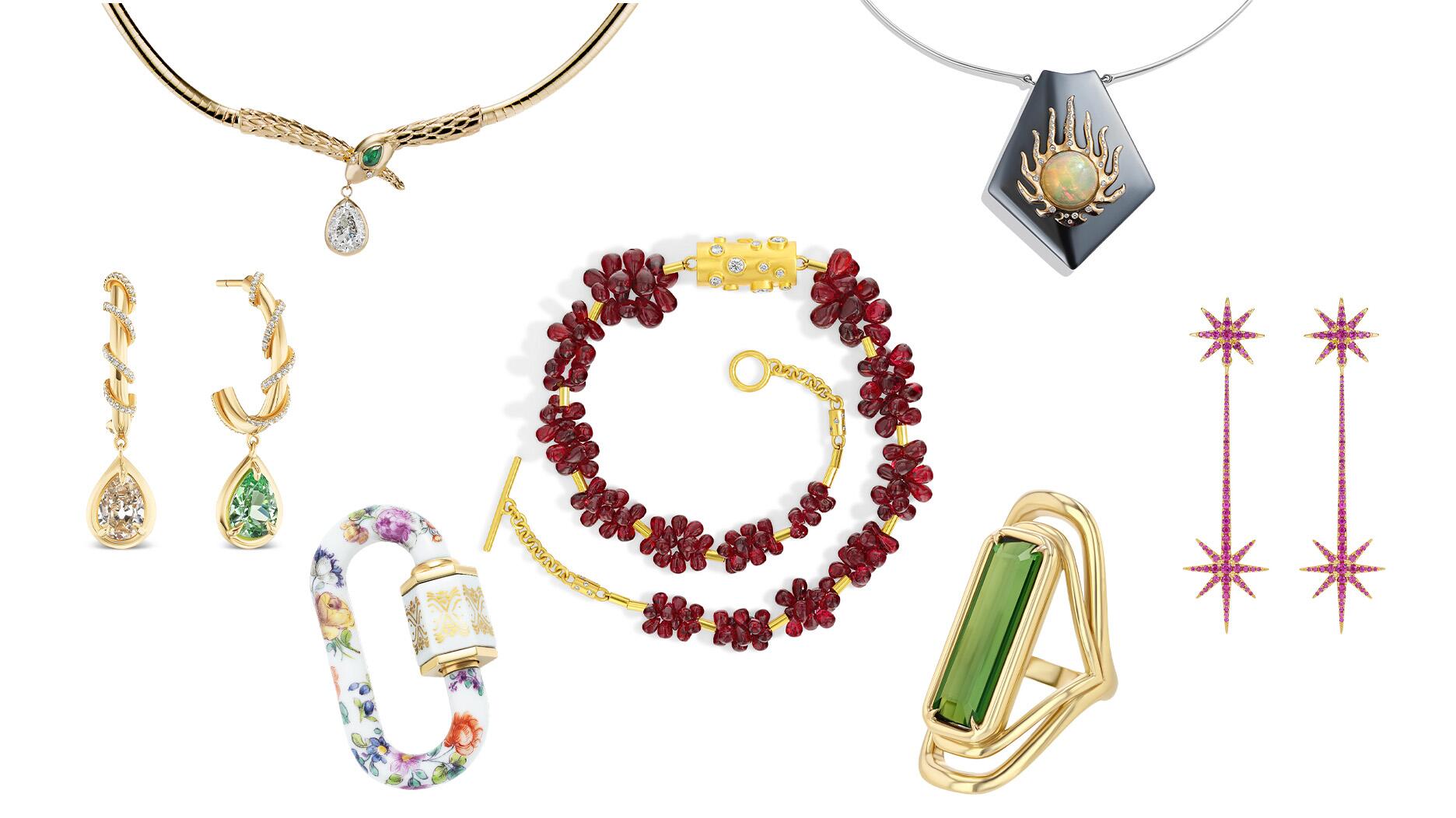The special-edition egg pendant ingested in a New Zealand jewelry store was recovered after a six-day wait.
The perils of credit
It's that time of year again when retailers get ready for the big holiday rush. The orders have been placed. The new merchandise is coming in. The holiday wrapping paper and bows are set, and you're ready to go. You...
It's that time of year again when retailers get ready for the big holiday rush. The orders have been placed. The new merchandise is coming in. The holiday wrapping paper and bows are set, and you're ready to go. You have extended yourselves financially to ensure that you can give your customers a fresh and exciting selection of jewelry, and many of you go into the season owing a lot of money to your suppliers. You take a lot of risks to have an appealing store that will bring customers in and have them leave with beautifully wrapped packages. You don't just do it for the sense of pride that it gives you: There is a financial reward for you at the end of December that you hope will let you keep your stores open during the winter and spring months that follow.
One of the difficult things about being a retailer is having to accept returns. Most stores today have a fairly generous return policy, but small retailers have a particularly hard time accepting returns because, for them, the difference between a good season and a bad one can often be in the amount of returns. When a customer buys an item and removes it from your inventory during the critical holiday season and then returns it to your store in January, you may end up sitting on that piece of inventory for years until it is sold again. But this is part of the risk of business and you accept it as such.
Many retailers are not aware that when they take credit cards as payment for goods sold, they are taking a second risk as well. First, remember that when you accept a credit card for goods or services sold, you're being assessed a fee by the processing company for not only the cost of the goods but the tax as well. So, in effect, you are being charged a fee on the tax. If your tax rate is 7 percent and you sell an item for $10,000, the tax is $700. If you have to pay 3 percent to your credit card processor, that amounts to $21 of additional charges that you, as the retailer, must pay. The total fee for that $10,000 sale is now $321.
Are you also aware that when the item is returned to you, the credit card
The small merchant has always been in a difficult battle with bigger business. The banks and credit card companies in recent years have found so many ways to charge for so many things that they are making it harder and harder for the small merchant to stay in business.
Editor's note: James Alperin owns James Alperin Jewelers in Pepper Pike, Ohio. If you would like to share ideas on how to deal with this credit dilemma, comment on this story.
The Latest

The “Love and Desire” campaign is inspired by the magic that follows when one’s heart leads the way, said the brand.

Two awardees will receive free tuition for an educational course at the Swiss lab, with flights and lodging included.

How Jewelers of America’s 20 Under 40 are leading to ensure a brighter future for the jewelry industry.

Berta de Pablos-Barbier will replace Alexander Lacik at the start of January, two months earlier than expected.


Sotheby’s held its first two jewelry sales at the Breuer building last week, and they totaled nearly $44 million.

Winners will receive free registration and lodging for its fourth annual event in Detroit.

Roseco’s 704-page catalog showcases new lab-grown diamonds, findings, tools & more—available in print or interactive digital editions.

Here are six ideas for making more engaging content for Instagram Reels and TikTok, courtesy of Duvall O’Steen and Jen Cullen Williams.

The honorees include a notable jewelry brand, an industry veteran, and an independent retailer.

Carlos Jose Hernandez and Joshua Zuazo were sentenced to life without the possibility of parole in the 2024 murder of Hussein “Sam” Murray.

Yood will serve alongside Eduard Stefanescu, the sustainability manager for C.Hafner, a precious metals refiner in Germany.

The New Orleans jeweler is also hosting pop-up jewelry boutiques in New York City and Dallas.

Set in a Tiffany & Co. necklace, it sold for $4.2 million, the highest price and price per carat paid for a Paraíba tourmaline at auction.

The jeweler’s “Deep Freeze” display showcases its iconic jewelry designs frozen in a vintage icebox.

Take luxury gifting to new heights this holiday season with the jeweler’s showstopping 12-carat sphene ring.

This year's theme is “Unveiling the Depths of the Ocean.”

In its annual report, Pinterest noted an increase in searches for brooches, heirloom jewelry, and ‘80s luxury.

Starting Jan. 1, customers can request the service for opal, peridot, and demantoid garnet.

The 111-year-old retailer celebrated the opening of its new location in Salem, New Hampshire, which is its third store in the state.

The new catalog features its most popular chains as well as new styles.

The filmmaker’s personal F.P. Journe “FFC” prototype was the star of Phillips’ recent record-setting watch auction in New York.

The new location in the Design District pays homage to Miami’s Art Deco heritage and its connection to the ocean.

Inflations, tariffs, and politics—including the government shutdown—were among consumers’ top concerns last month.

“Longtime favorite” presenters, as well as first-time speakers, will lead talks and workshops at the annual event in Tucson next year.

Silas Smith of Meridian Metalworks won the challenge with his pendant that blends Australian and American landscapes.

The sale of the 31.68-carat, sunset-hued stone was part of Sotheby’s first series of events and auctions in Abu Dhabi.


























